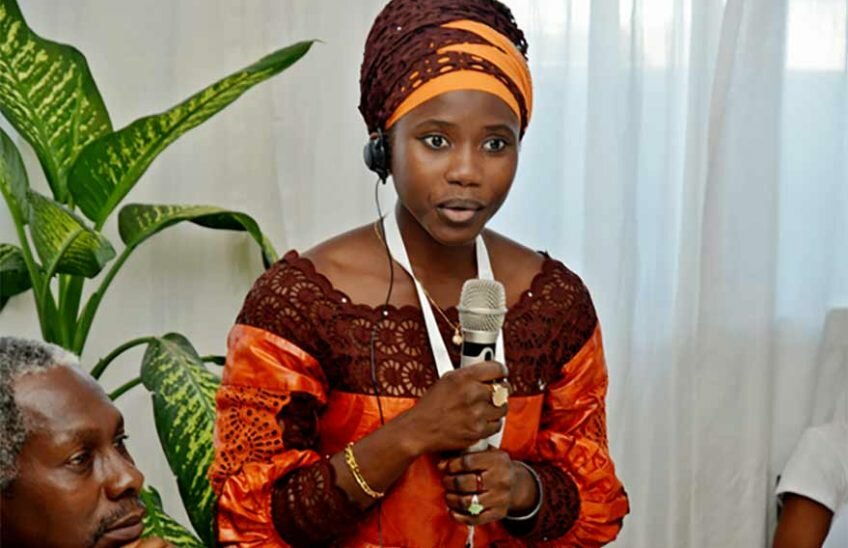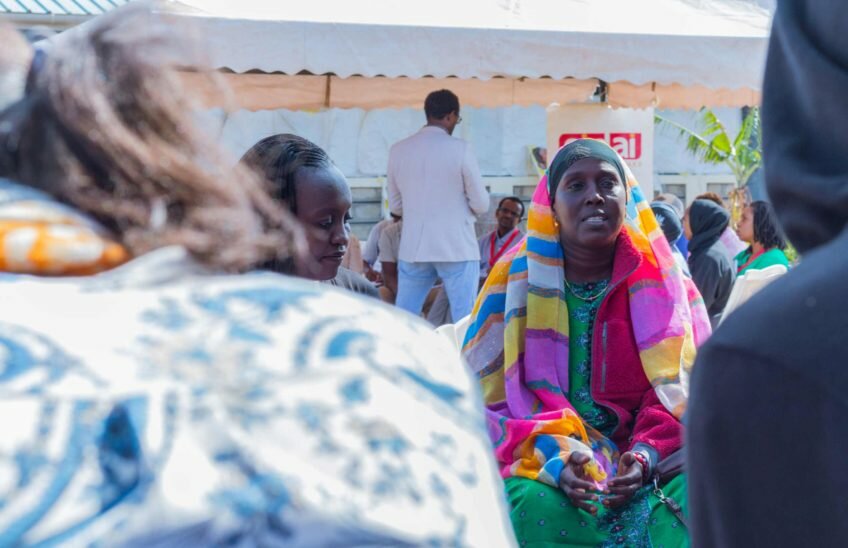The average age of a farmer in Kenya is 61. In a country where nearly 75% of the total population is below 35, youth unemployment has remained at nearly 20% for the last ten years. For many of Kenya’s unemployed youth, agriculture presents a viable business opportunity to create a long-lasting livelihood. The agriculture sector, however, remains largely unattractive to the youth and their participation is hindered mostly by lack of access to land, finance, and markets.
read more
Seventy-five percent of Kenyans derive all or part of their livelihoods from agriculture which also accounts for more than half of Kenya's gross domestic product. The Agriculture Council of Kenya (AgCK) was established in 2015 by six agriculture sector interest groups to represent the under-represented groups that make Kenya’s agriculture sector a major part of Kenya’s economy.
read more
The Fall Armyworm (FAW) pest is a serious threat to food security in Africa, potentially causing loss of 8.3 to 20.6 million tons of maize per year if uncontrolled. FAW not only affects production of a staple food crop in the East Africa region, but also undermines the economic viability of Africa’s emerging private seed sector.
read more
The Horn of Africa is an area with scarce natural resources and that is vulnerable to food security crises, threatening traditional pastoral livelihoods. In 2011, the Horn of Africa faced the worst drought in 60 years, leading to famine in Somalia, and emergency food insecurity levels in Kenya and Ethiopia. At the peak of the drought, more than 13 million people across the region required humanitarian assistance, and more than 700,000 refugees fled Somalia.
read more
During the African Green Revolution Forum (AGRF) held in Kigali, Rwanda (Sept. 4-8) the Alliance for a Green Revolution in Africa (AGRA) released the annual Africa Agriculture Status Report (AASR) 2018, this year titled and focused on "Catalyzing Government Capacity to Drive Agricultural Transformation".
read more






